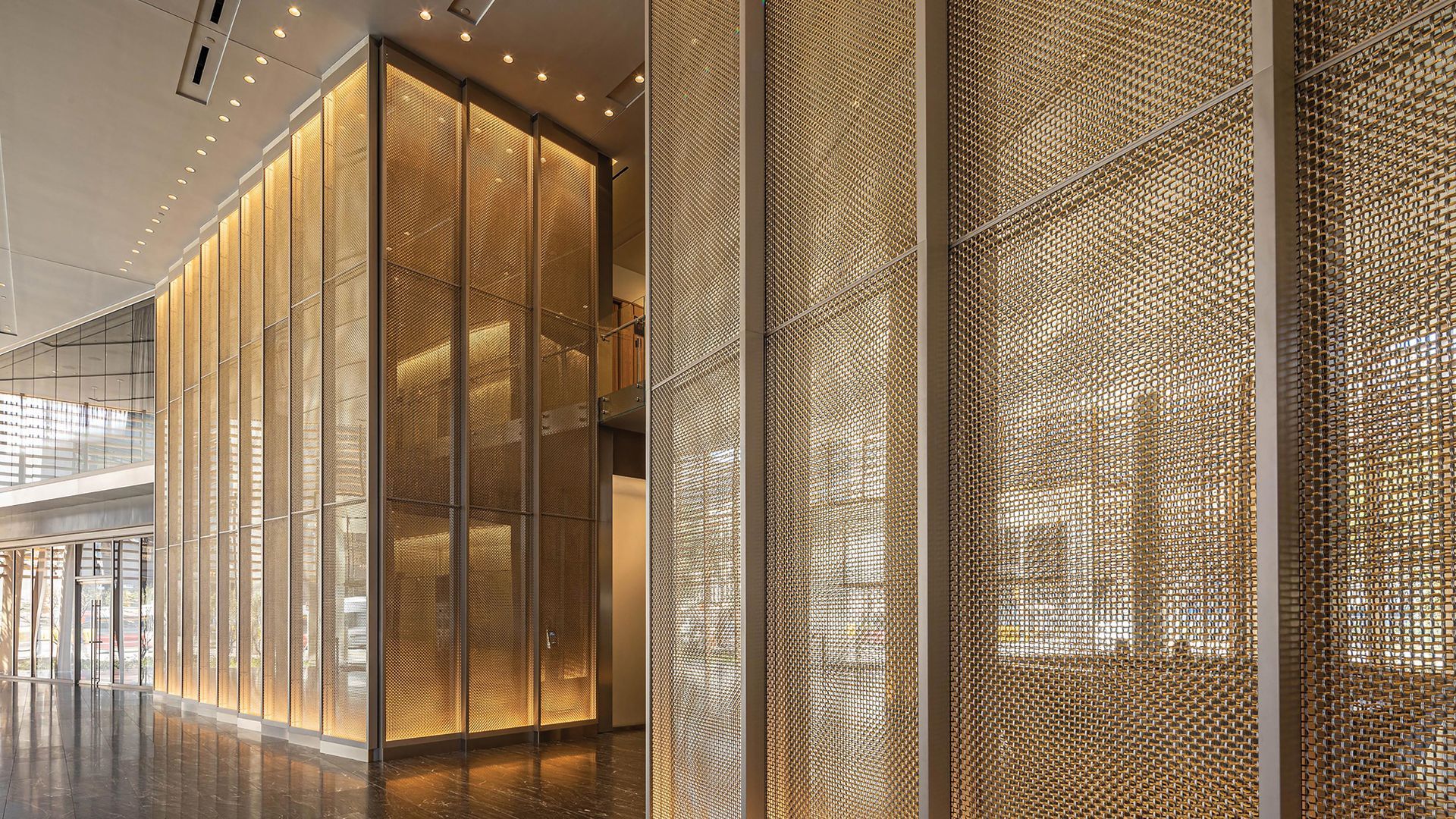The Art of Texture: Wovenpanel® Makes a Bold Statement
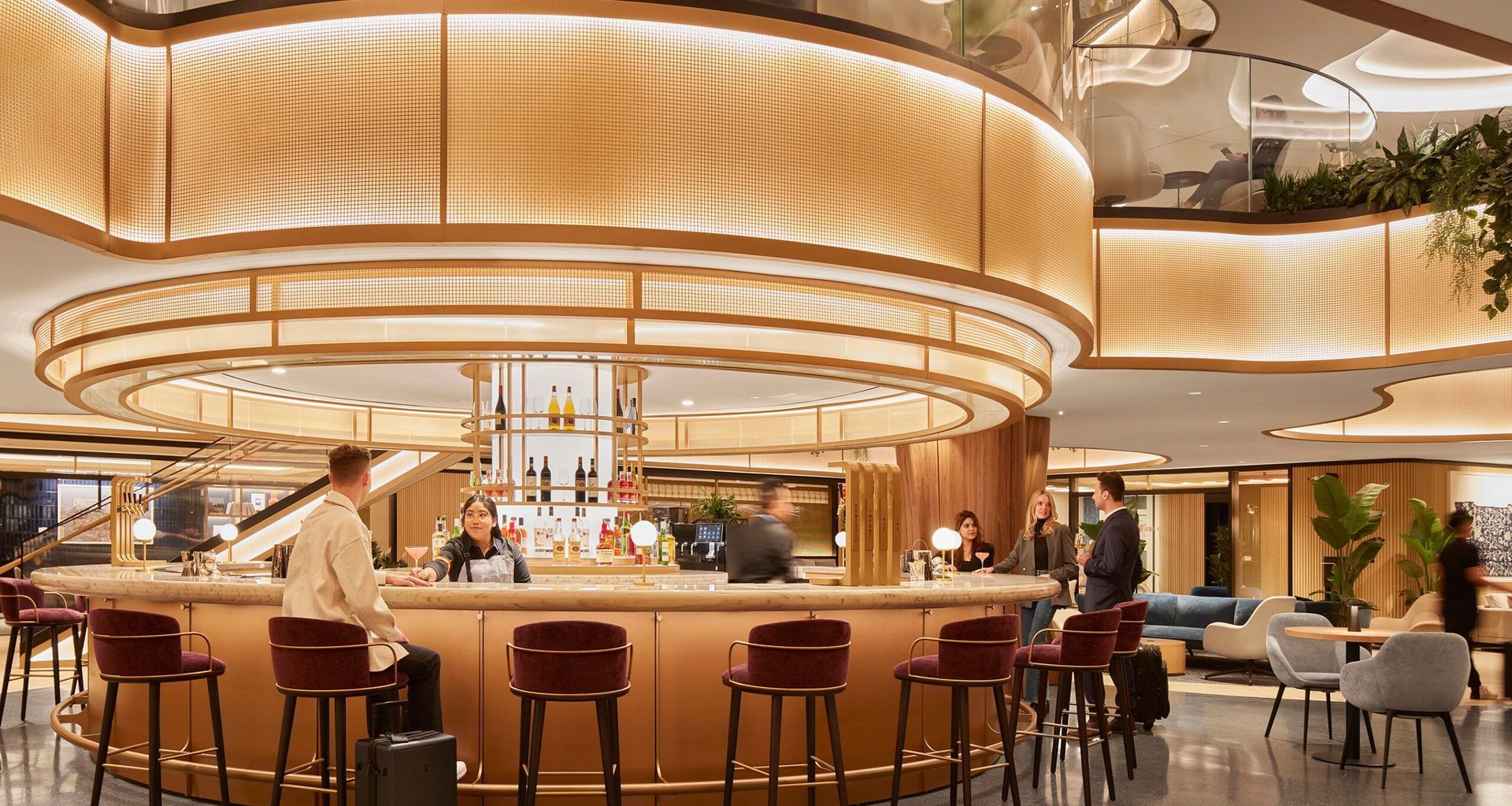
When it comes to interior design, one often hears about colour, furniture, and lighting, but texture is an equally crucial element that can take your commercial and residential projects to a whole new level. Texture is the tactile quality of a surface, and it plays a significant role in creating a visually appealing and inviting space.
Whether you are a homeowner looking to revamp your living room or an architect working on a commercial project, understanding the principles of texture can be a game-changer. In this article, we will delve into the world of texture and explore how Wovenpanel® can enhance your interior design projects, leaving a lasting impression on anyone who steps foot into the space.
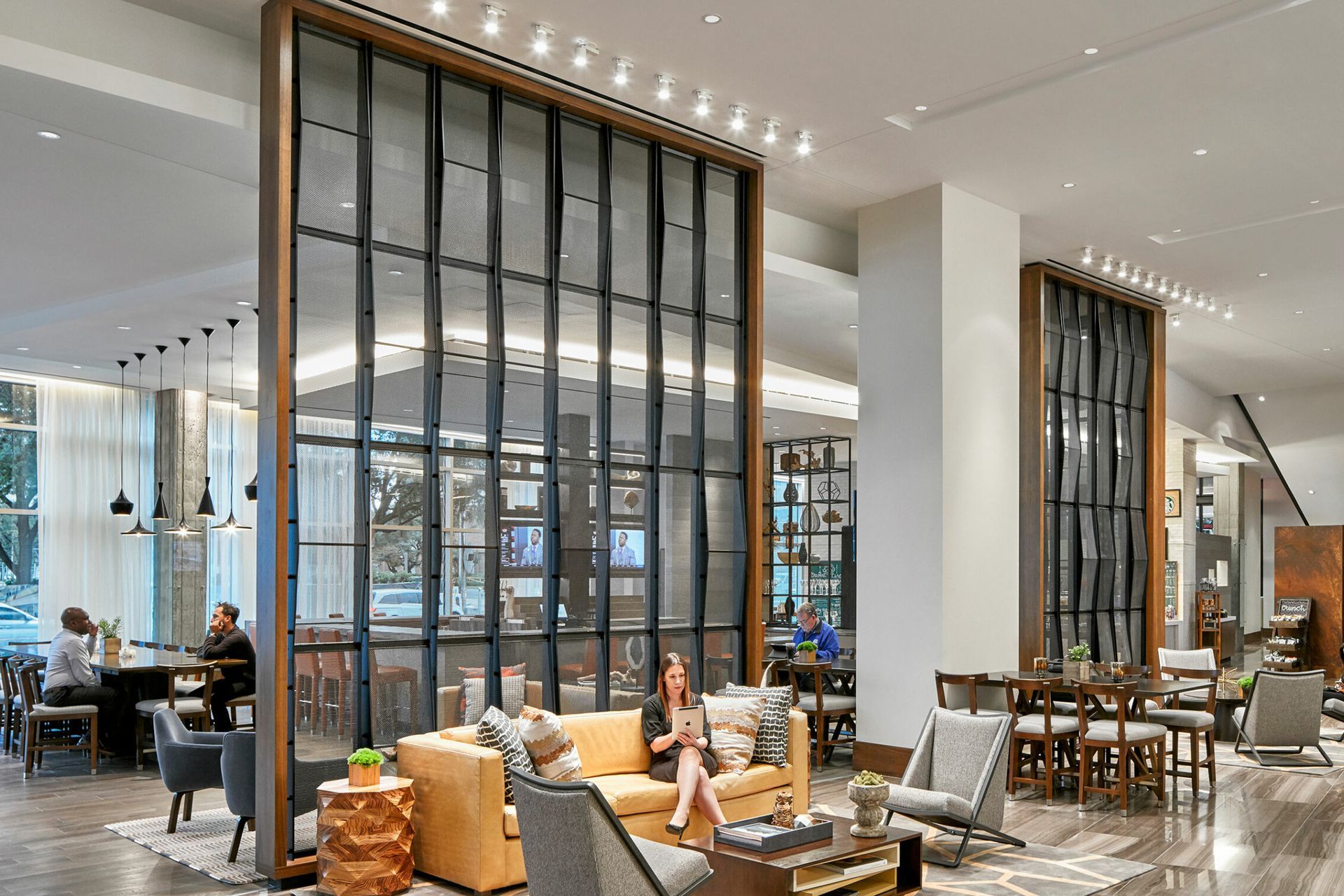
The Importance of Texture in Interior Design
Texture brings depth, dimension, and character to a space. It stimulates our senses and creates a multisensory experience that can evoke emotions and set the tone for the environment. In residential projects, the right textures can transform a house into a home, making it warm, cozy, and inviting. In commercial projects, textures can be strategically used to communicate the brand's personality and create a memorable impression on customers and clients.
Principles of Texture
- Balance and Harmony - Achieving the right balance of textures is essential. Mixing different textures can add interest and prevent the space from feeling flat or one-dimensional. The key is to strike a harmonious balance between rough and smooth, soft and hard, shiny and matte.
- Contrast - Texture contrast can make elements stand out and grab attention. A textured feature wall, for instance, can be the focal point of a room and draw the eye. Conversely, using consistent textures throughout the space can create a sense of unity and cohesiveness.
- Scale and Proportion - Consider the scale and proportion of the textures you use. Large, bold textures can make a statement, while small, intricate textures can add delicate detailing. It's crucial to strike the right balance depending on the size and function of the space.
- Colour and Texture - Texture can also influence how colour is perceived. Rough textures can absorb and diffuse light, creating a softer and more muted appearance, while smooth textures can reflect light and enhance the intensity of colours.
- Tactile and Visual Texture - There's a distinction between tactile texture (how a surface physically feels) and visual texture (how a surface appears to feel). Combining both types can add complexity and interest to the design.
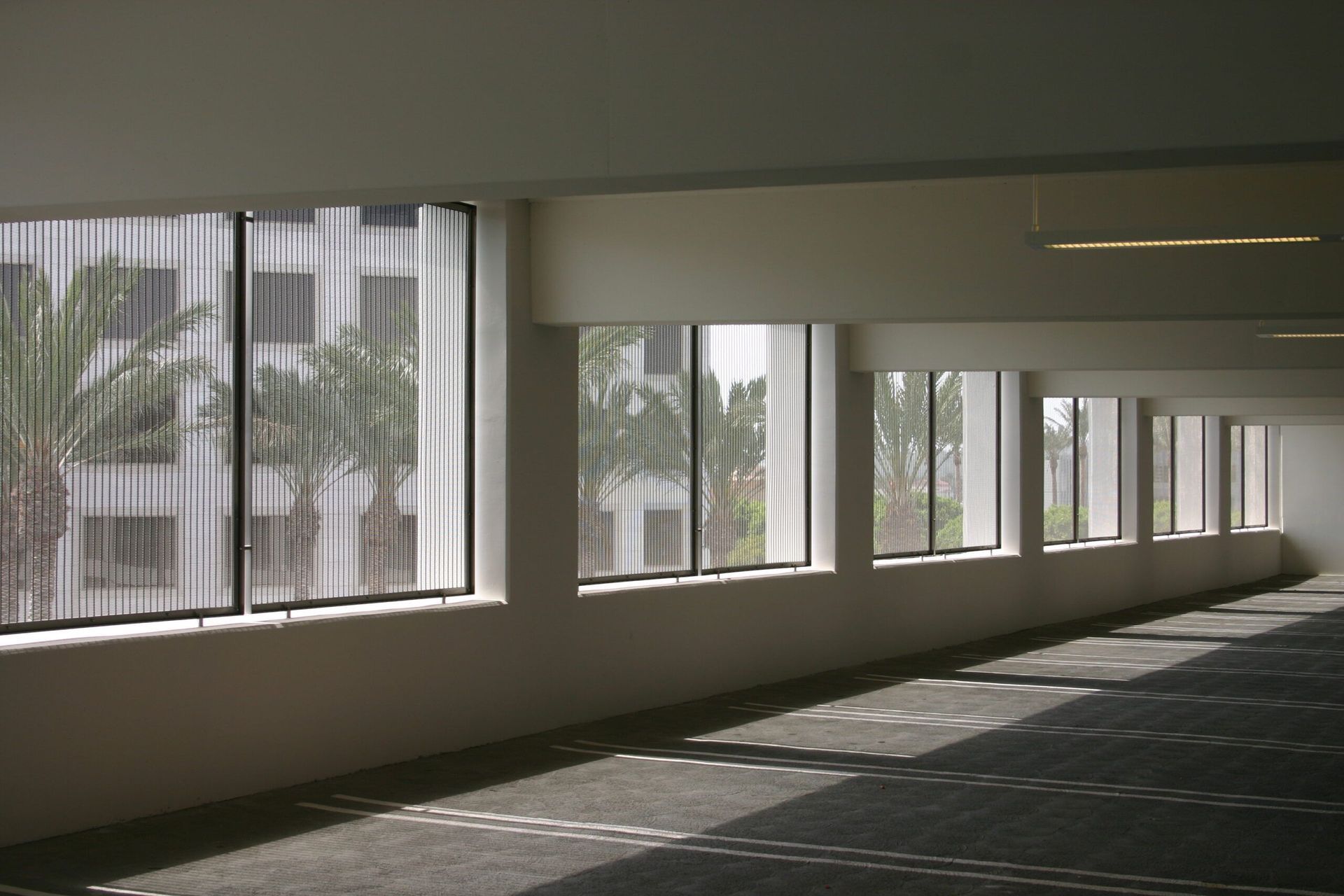
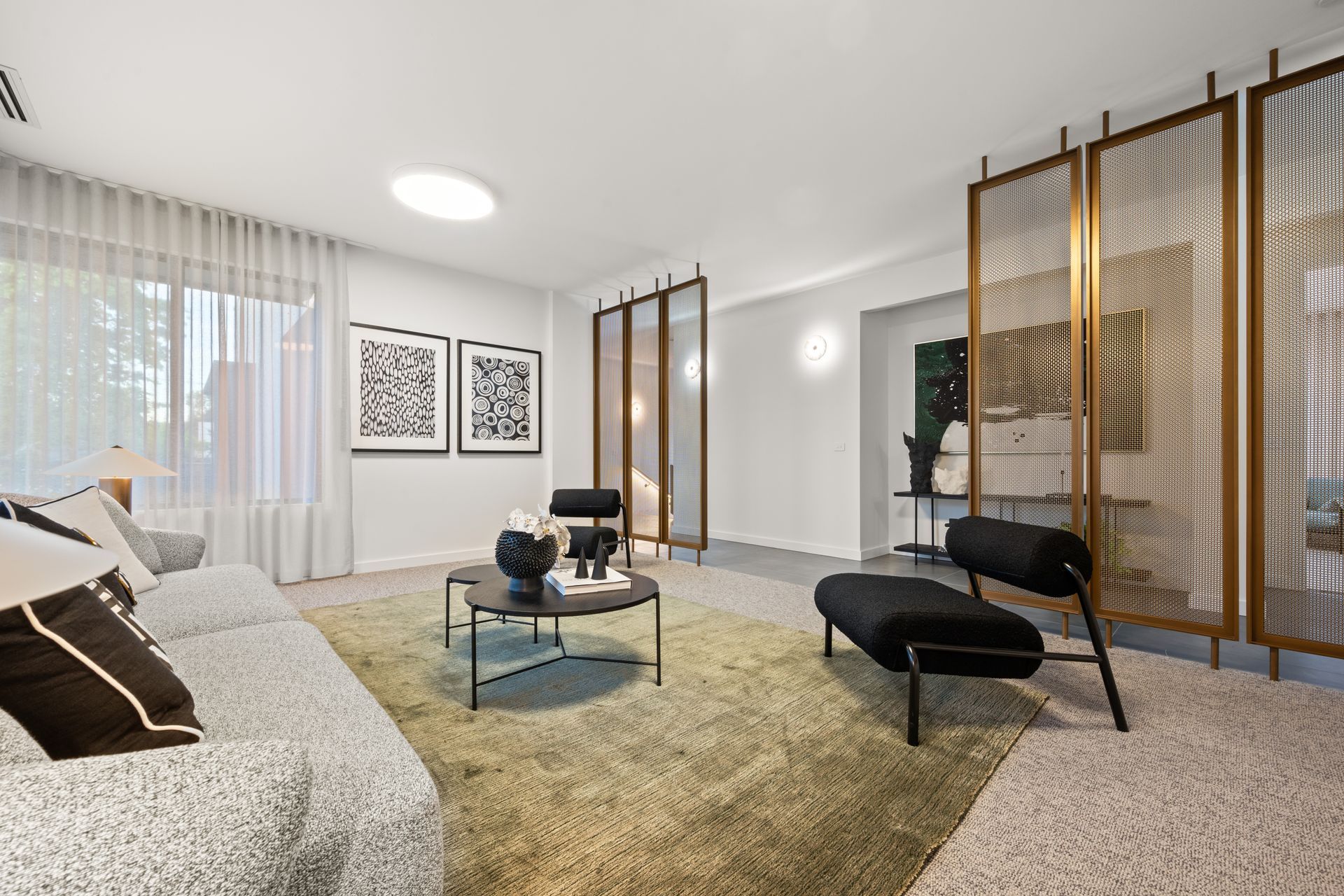
Applications in Residential Projects
For homeowners in New Zealand, Wovenpanel® offers endless possibilities. From accent walls that exude elegance to creative ceiling treatments that add depth, the panels can breathe new life into any room. Whether you're aiming for a rustic, modern, or minimalist vibe, Wovenpanel® can be customized to suit your desired aesthetic.
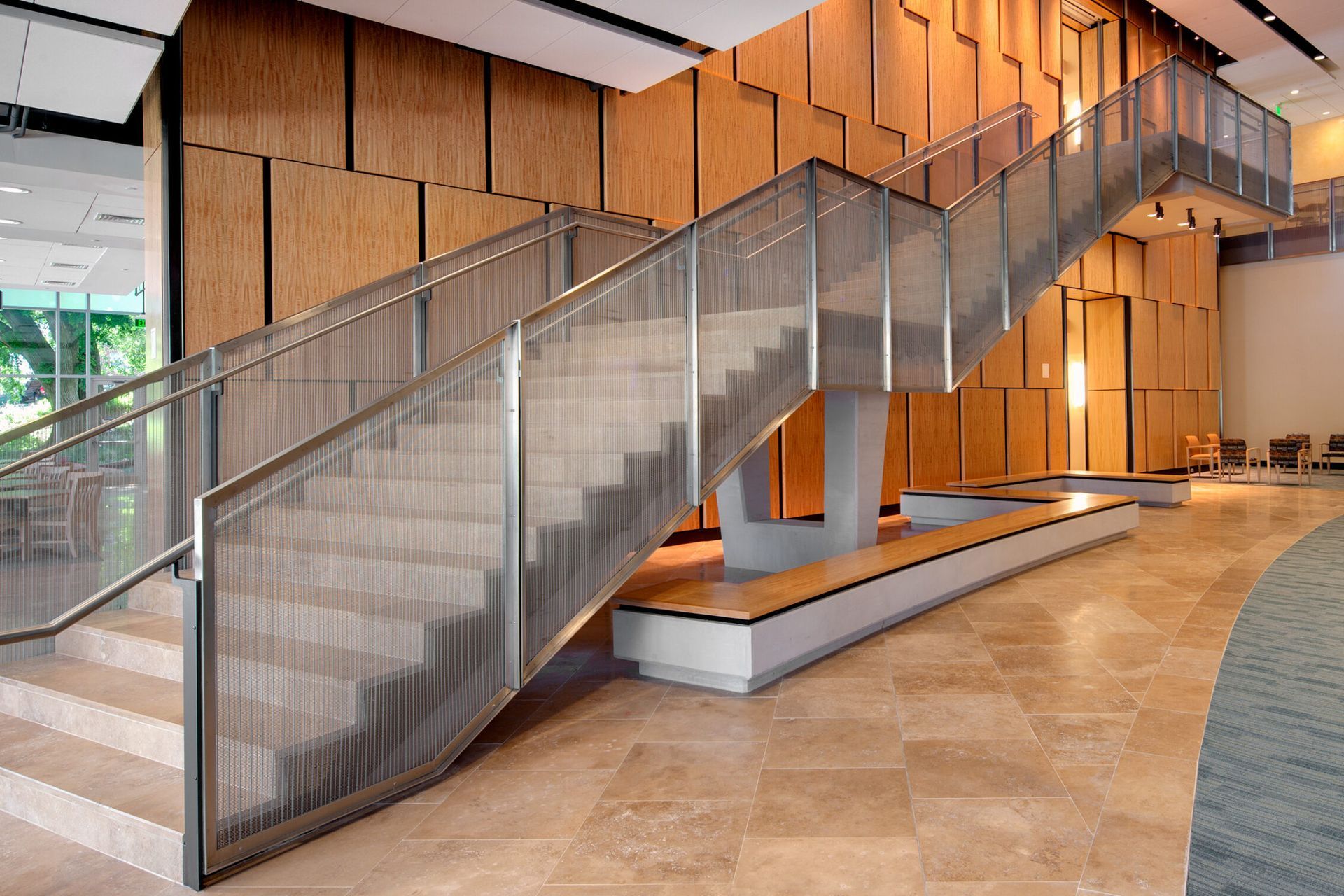
Applications in Commercial Projects
Architects and interior designers will find Wovenpanel® to be an excellent addition to their toolkit. The panels can be used to enhance reception areas, meeting rooms, and hospitality spaces, leaving a lasting impression on visitors and clients. Additionally, Wovenpanel®'s acoustic properties can improve sound quality, making it an ideal choice for office environments.
From Mundane to Extraordinary
Texture is the unsung hero of interior design, transforming spaces from mundane to extraordinary. Whether it's a residential or commercial project, incorporating the principles of texture can elevate the ambiance and aesthetics of any environment. Wovenpanel®, with its vast range of textures and patterns, provides a unique opportunity to experiment and create stunning designs that resonate with the inhabitants and visitors alike.
